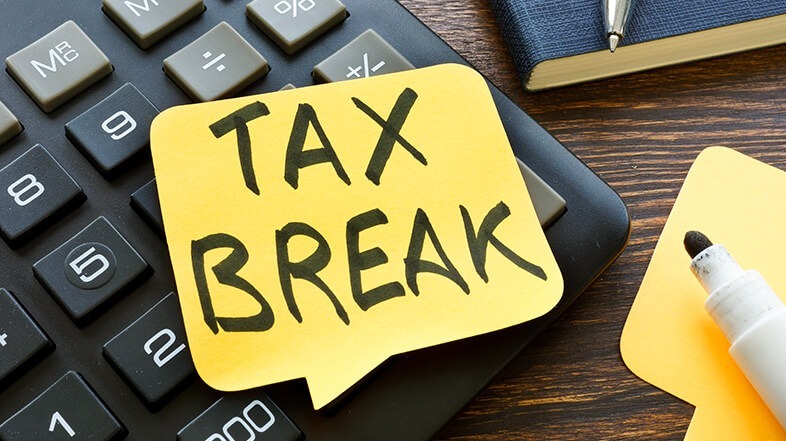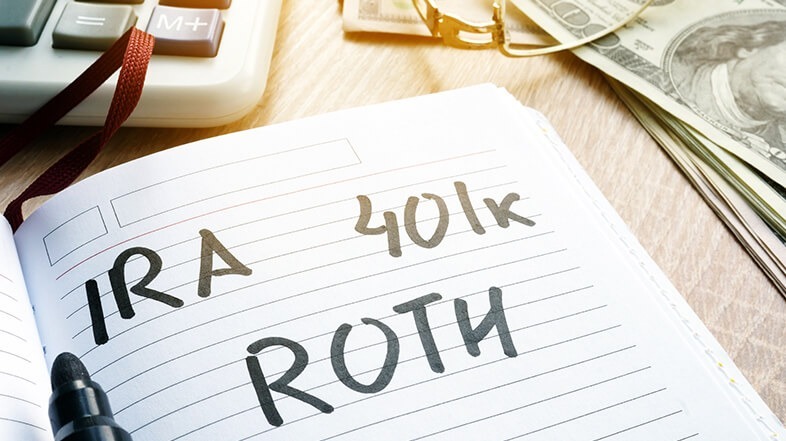
Starting in 2024, new rule changes to 401(k) catch-up contributions go into effect for investors ages 50 and over.
These changes impact not only where you can save more, but also if you’re even able to.
Some might argue this new law is essentially a tax increase. And that hurts investors who are closer to retirement.
If you are nearing age 50 or you’re already 50 or over, make sure you read this article in its entirety because these changes will impact your ability to save even more for retirement.
While organizations and plan providers are lobbying for more time to prepare for these changes, it’s uncertain their requests will be granted.
Now is the time to plan.
Big Catch-up Contribution Changes Coming 2024
Congress passed the SECURE Act 2.0 in December 2022, and the law aimed to help more people save for retirement.
There’s a lot in the Secure Act 2.0 that benefits 401(k) investors – including RMD changes and increased catch-up contribution limits.
However, section 603 on the Roth catch-up contribution provision for those ages 50 and over may hurt investors who are committed to taking advantage of the catch-up contributions.
Specifically, section 603 amends the law to require catch-up contributions under an employer retirement plan (other than a SIMPLE IRA or SEP plan) be made on a Roth basis for participants with income in the preceding calendar year in excess of $145,000.
This means, beginning January 1, 2024, 401(k) investors will be required to make catch-up contributions as Roth contributions if their income meets or exceeds $145,000.
Employees with incomes less than $145,000 can still make catch-up contributions on a pre-tax basis.
But if you make over that, you must make catch-up contributions into a Roth 401(k).
Implications for 401(k) Investors over Age 50
Section 603 has 2 big implications for 401(k) investors looking to save more for retirement.
#1 No More Tax Break

You will no longer get a tax break for catch-up contributions if you earn more than $145,000 because with a Roth, your contributions are paid after tax.
So, if you make $145,000 or higher, you need to fund pre-tax contributions in 2023 while you still can get the tax break.
Here’s why…
Let’s say you make a $6,000 catch-up contribution this year while in the 35% tax bracket (which is the tax bracket right now for those making $145,000 and more).
If you withdraw the $6,000 in retirement while in the 15% bracket, you would have saved $1,200 in taxes.
Now, it’s 2024, and you make the same $6,000 catch-up contribution, but the money has to go into a Roth.
Assuming you are in the same 35% tax bracket, you will have to pay $2,100 in upfront taxes just to contribute to the Roth. while you are in the 35% bracket.
Note: The $145,000 definition of high earner will change and will be indexed to inflation so that amount will change for future years.
#2 You will not be able to make catch-up contributions if your employer’s plan does not allow Roth contributions.

This new rule may be a problem for investors wanting to catch up because many 401(k) plans do not have the Roth provision.
And, without a change to their 401(k) plan to add the Roth provision, employees that make over $145,000 will be prevented from taking advantage of the catch-up contribution allowance.
There May Be a Delay

There is pushback to delay this legislation – not only for the short effective date, but also the concern that 401(k) plans don’t have measures in place to verify the income of their employees.
In late June, over 200 organizations wrote a letter to the leaders of the tax law writing committees, asking for legislation to delay the new requirement for 2 years.¹
According to the National Association of Plan Providers, “In the letter, the groups explained that proper systems do not yet exist and cannot be built within a year to instantly coordinate payroll systems with plan recordkeeping systems to ensure compliance with Section 603 before it becomes effective in 2024. Therefore, if relief from Section 603 compliance is not granted before the Fall, many plan sponsors will be, as a practical matter, forced to eliminate all catch-up contributions in their retirement plans, at least until they get updated systems in place.”²
As of publication of this article, no one would commit to firm timelines for guidance or legislative action.
Don’t Get Caught Off Guard

There’s a lot more to the Secure Act 2.0, and it’s critical to know what changes affect your retirement planning and saving.
We encourage you to reach out to a third-party expert who can advise you on how this new law specifically affects you and what changes may need to be made to your retirement strategy.
Before you reach out, please note that the type of advice you receive about your finances may be impacted by the type of advisor you resource for advice.
Check out our no-cost guide on how to understand The Different Types of Licenses Financial Advisors Have and What They Mean to You.
Sources:
















